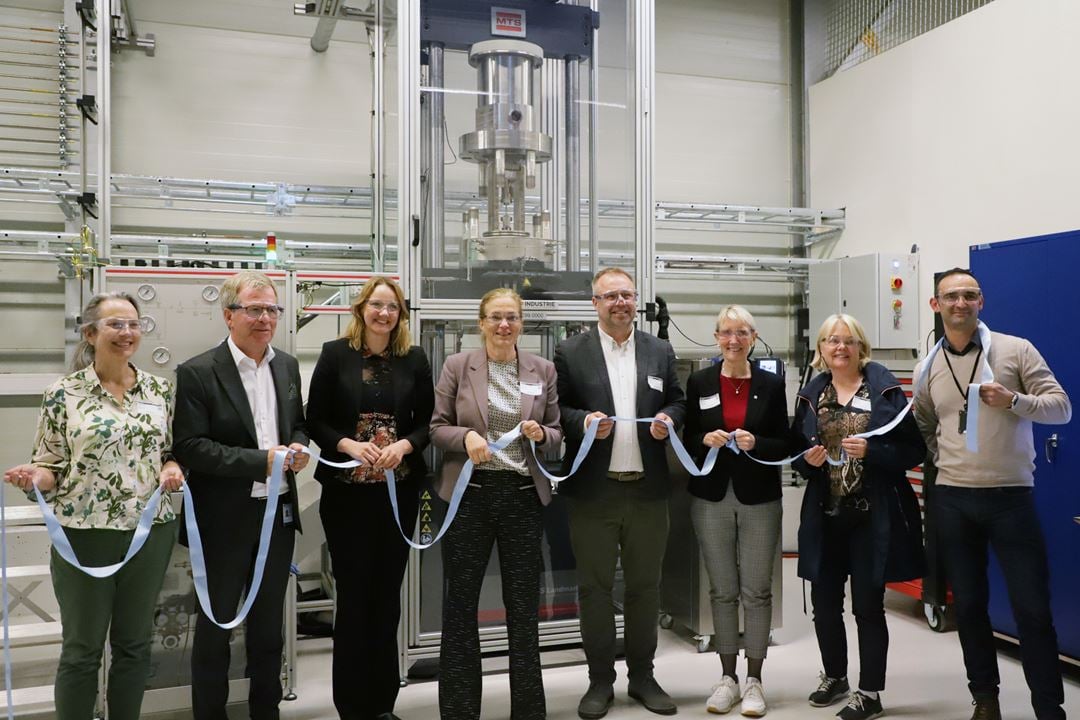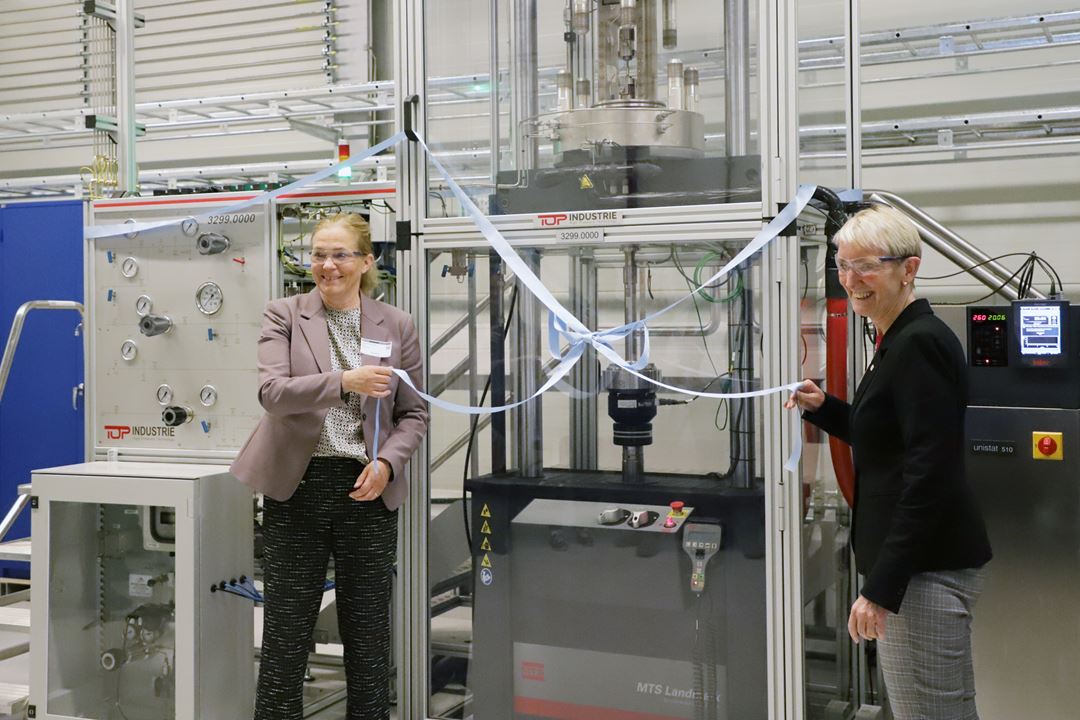The Research Council of Norway has invested 40 million Norwegian kroner in SMART-H as part of its “National Financing Initiative for Research Infrastructure” programme. A collaborative effort between SINTEF and NTNU, the infrastructure will be used to investigate how hydrogen atoms impact the structure of different materials over time. Experiments can be conducted at pressures of up to 500 bar, and at temperatures ranging between 20 and +200°C. It is the only one of its kind in Europe.
“Hydrogen affects the materials around it in challenging ways. The research communities at NTNU and SINTEF already have internationally recognised expertise in the effect hydrogen has on metals through our many years of work with pipelines and other metallic components linked to the offshore production of oil and gas,” said Alexandra Bech Gjørv, SINTEF's CEO.
Hydrogen as an environmentally friendly energy source
Hydrogen does not emit greenhouse gases when burned, and therefore has the potential to play a key role in the green shift, e.g. by decarbonising certain industrial processes. Norway has an ambition to be a significant exporter of hydrogen produced without emissions – such as hydrogen from natural gas with carbon capture and storage (CCS) or hydrogen from renewable energy – to Europe. A Memorandum of Understanding on the supply of hydrogen to Germany was signed by Norwegian and German authorities earlier this year.
Hydrogen embrittlement is still a major challenge in terms of transporting hydrogen via pipelines. This happens in some metals when they have been exposed to hydrogen atoms under certain conditions. SMART-H will contribute to solving this challenge by examining the atoms from a nanometre scale (10-9 m) to the full wall thickness of a pipeline. The research infrastructure consists of three laboratories that will analyse the effect of hydrogen on metals, through mechanical testing in hydrogen gas under different pressures, on a nano, micro and macroscale.
“These answers are crucial for Norway’s ability to further cement its position as an energy supplier that Europe can trust. This requires that safety is safeguarded throughout the value chain, from production, via storage and transport, to end use,” said Bech Gjørv.

Relevant for the entire hydrogen value chain
Even though SMART-H’s primary goal is to contribute to improved hydrogen transport, this knowledge can also contribute to other parts of the hydrogen value chain, such as how to store hydrogen in an optimal way. Therefore, this infrastructure is relevant for the entire hydrogen value chain, and will play an important role for other hydrogen projects, such as FME HYDROGENi – a research centre dedicated to hydrogen and ammonia, also led by SINTEF.
“SMART-H represents the type of research resource that is absolutely essential for the large-scale distribution of hydrogen in a safe and efficient manner. FME HYDROGENi will also use the infrastructure in future work together with industrial partners,” said Nils Røkke, director of sustainability at SINTEF and centre director of HYDROGENi.
You can watch a formal report on SMART-H’s opening on NRK’s website (in Norwegian).


